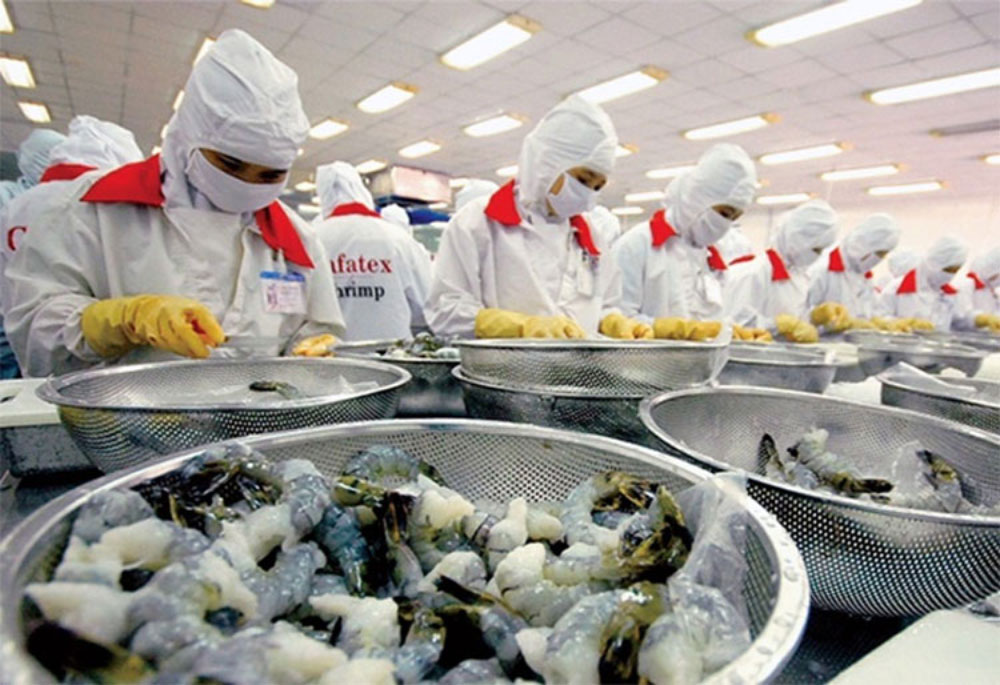Vietnam Seafood
Shrimp and pangasius exports show contrasting growth in January 2025
In January 2025, Vietnam’s shrimp export turnover rose by 13% year-over-year, while pangasius exports declined by nearly 14%.
According to Vietnam Customs, Vietnam’s seafood exports totaled USD 774 million in January 2025, up 3.3% year-over-year (YoY). Notably, shrimp exports jumped 13% YoY to USD 273 million, making up 35% of total exports.
Rabobank, a Netherlands-based bank, stated that the global shrimp industry is undergoing a rebalancing phase, with producing countries slowing growth to close the supply-demand gap. This is expected to support a shrimp price recovery in early 2025, driven by stronger demand from key markets like the U.S. and the EU.
However, demand in China, one of Vietnam’s key shrimp importers is declining due to shifting middle-class spending habits and rising financial pressures. Competition from cheaper seafood and a growing preference for alternative foods may further impact shrimp exports to China in the coming months.
Unlike the rising trend in shrimp exports, Vietnam’s pangasius export revenue fell 13.9% year-on-year in January 2025 to USD 141 million, making up 18% of total exports. While demand from key markets like China and the EU remains steady, a shortage of fingerlings and fluctuating international tariffs, including anti-dumping duties, could hinder pangasius export growth this year.

Tuna exports in the month fell 10.2% year-over-year to USD 71 million. With stable consumer demand in key markets like the U.S. and the EU, the industry is poised for recovery in 2025. The greatest opportunity lies in tariff policy changes, particularly in the U.S., where adjustments could enhance the competitiveness of Vietnamese tuna.
Vietnam’s export markets have seen a stark contrast in consumption trends. While China and Hong Kong surged by 64.9% YoY, the U.S. and the EU struggled, declining by 16% and 17.6% YoY, respectively.
The downturn in U.S. consumption, influenced by President Donald Trump’s tariffs on imported seafood, could dampen demand for Vietnamese seafood, especially shrimp. However, the growing preference for easily processed seafood, like frozen shrimp, may help cushion the decline in premium product sales.
On the other hand, the ASEAN market saw steady growth of +10.5% YoY, reaffirming Southeast Asia’s potential as a key destination for Vietnam’s seafood exports. In contrast, demand in the Middle East and other markets declined, prompting Vietnamese seafood enterprises to adjust their export strategies.
In 2025, the global seafood market is expected to see significant fluctuations due to shifting consumer habits, tariff policies, and supply-demand dynamics, all of which will affect Vietnam’s seafood exports. Notably, declining demand in major markets like China and the U.S. will challenge key products such as shrimp, pangasius, and tuna. Nevertheless, driven by growing ASEAN demand and favorable tariff policies from major economies, Vietnam’s seafood industry is poised to maintain its growth momentum in 2025.
Source: https://vietfishmagazine.com/



 Tiếng Việt
Tiếng Việt